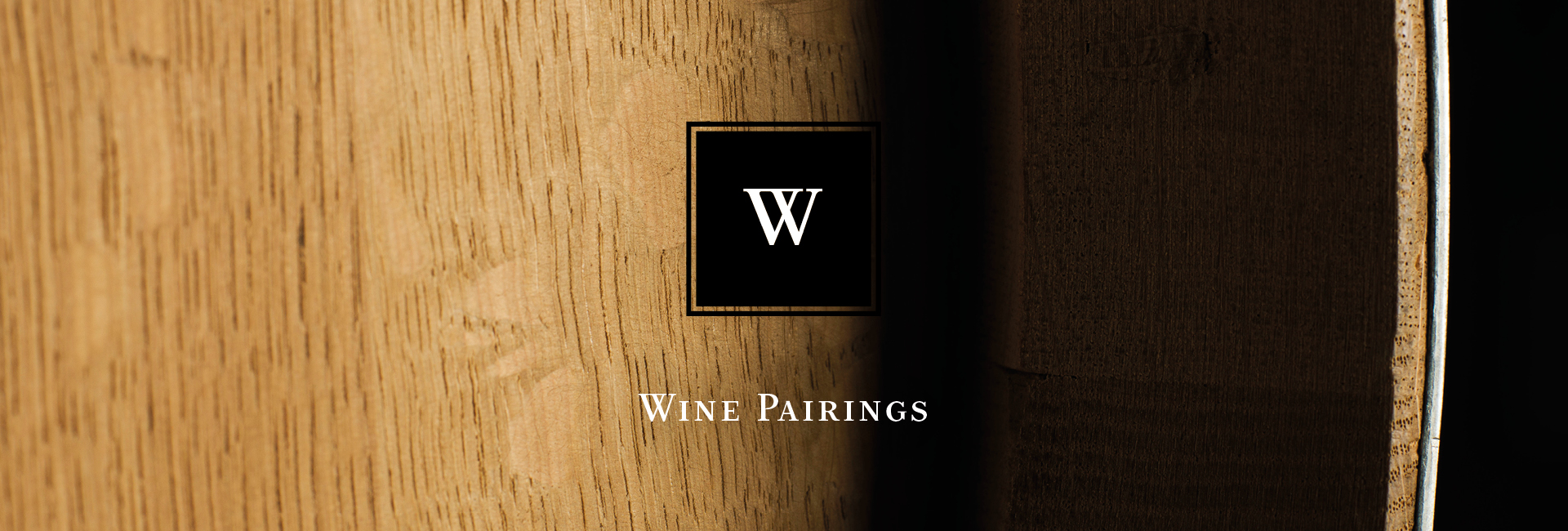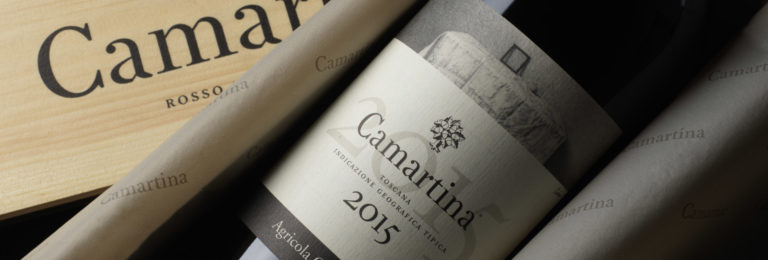Now more than ever, plant-based food and wine pairings offer a myriad of opportunities to get creative in the kitchen. In this new blog post series, we’ll provide helpful tips, ideas and recipes for successful pairings.
At Querciabella, we believe that wine belongs with food, and that food gets elevated to its greatest heights when paired with a good bottle of wine. But what if that food is plant-based?
Even many sommeliers and wine professionals can get stumped when trying to come up with pairing suggestions.
Today plant-based cuisine offers more chances to express creativity than any other cuisine in the world. Meat and dairy alternatives are growing increasingly sophisticated and widely available. This exciting development in the food world has opened up endless pairing opportunities for vegans and carnivores alike. As we know a thing or two about vegan wines, we are frequently asked what plant-based food will pair best with our wine, hence our motivation to write a series of dedicated blog posts. While the golden rule of combining food and wine should always be “choose the pairing you enjoy the most”, here are a few guidelines that you might find helpful.
Texture and flavour
First, as with wine, the texture and mouthfeel of a plant-based dish can be just as important as its flavours. Second, the flavour of plant-based food changes dramatically depending on how you prepare it. To illustrate, a steamed carrot will taste completely different from a roasted carrot, and raw onions provide dramatically different taste and texture from caramelized onions.
So, what affects texture and flavour? For starters, the cooking method will have a big impact. Here are some examples of how:
- Steaming and boiling creates a mild flavour and soft texture
- Braising uses both dry and wet heat with the idea of cooking the food over a longer period of time in a liquid that will develop more depth of flavour and texture
- Sautéing, like braising, might involve additional seasoning like oil and aromatics, while the type of pan used might also change the way the flavours progresses (e.g., non-stick vs. cast iron pan)
- Roasting will caramelize food and help bring out sweetness and earthiness in vegetables
- Barbecuing and grilling will impart more intense flavours as these will create a bit of char. Additionally, any marinades or seasonings will add to the complexity of this cooking method.
Intensity
Equally important is the intensity of the flavours in both the dish and the wine. A salad might be a light meal, but what about the dressing? The acidity can be high pitched, as can the flavours, and a similar intensity in the wine will be needed to allow for a good match.
Congruent or complementary?
When pairing plant-based food and wine you can choose to take either a congruent or complementary route. If you are in the mood for a pasta dish with a creamy sauce, the velvety body of our Batàr wine would be an example of a congruent pairing. Partnered with the same dish, Querciabella’s Chianti Classico, with its bright acidity and tannins, would help cut through the creaminess of the sauce and be a complementary pairing.
Go local
Wines that grow in a given place were often made with the local cuisine in mind. That is why our Chianti Classico (made with 100% Sangiovese grapes) pairs so well with the tomato-rich foods you find in Tuscany like Pappa al Pomodoro, Panzanella and the region’s popular tomato-based pasta dishes.
Plant-based tricks for red wine lovers
One myth that is important to dispel is the notion that red wine is not a good match for plant-based food. There are several ways to ensure that you will have a harmonic pairing that will make both the food and wine shine. Red wines typically require a bit more fat, which you can provide by using some olive oil or making creamy sauces with nuts. Puréeing cooked vegetables also adds a hearty component that will stand up to a substantial red wine.
When thinking of red wine pairings Umami is your friend. Mushrooms of all shapes and forms (including dried) offer plenty of umami notes, as do nuts, caramelized onions, roasted root vegetables, miso paste, olives, peas, broccoli, sundried tomatoes, balsamic vinegar and dried sea vegetables to name a few examples.
In essence, look for flavours in the wine and think of foods that will mimic or complement these. For instance, with a bit of age, our Turpino offers earthy, herbaceous and balsamic notes and would go beautifully with mushrooms sautéed with fresh thyme in a bit of balsamic vinegar. Super Tuscans pair beautifully with herbs like rosemary and thyme, as those are often aromas we find in these wines. Take our flagship wine Camartina with its rich notes of dark fruit, earth, chocolate and coffee: this wine tastes magical with a holiday nut-encrusted roast made with cinnamon-scented lentils, mushrooms and fresh herbs.
The better you get at tasting and noticing different flavours and textures, the easier and more rewarding you will find it to pair plant-based food with wine. We would love to hear from you along the way if you have a particular combination you’d like to recommend.



